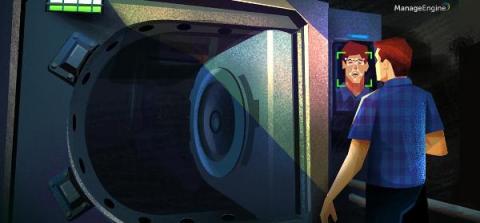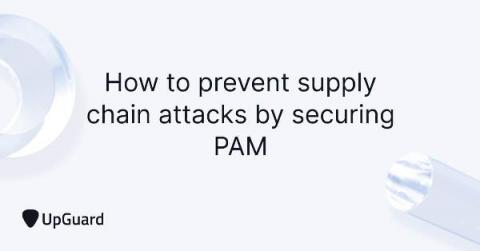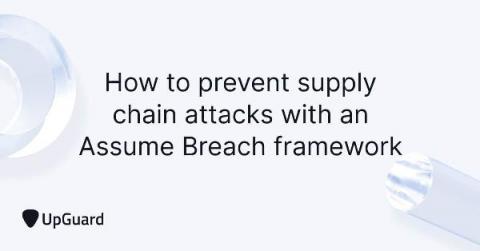Securing your modern software supply chain
Software supply chain security concerns are more prevalent than ever. The U.S. Pentagon, Department of State, Department of Homeland Security, Microsoft, FireEye – this is just a partial list of the government agencies and companies hacked as a result of the attack on SolarWinds’ proprietary software – the Orion network monitoring program.









